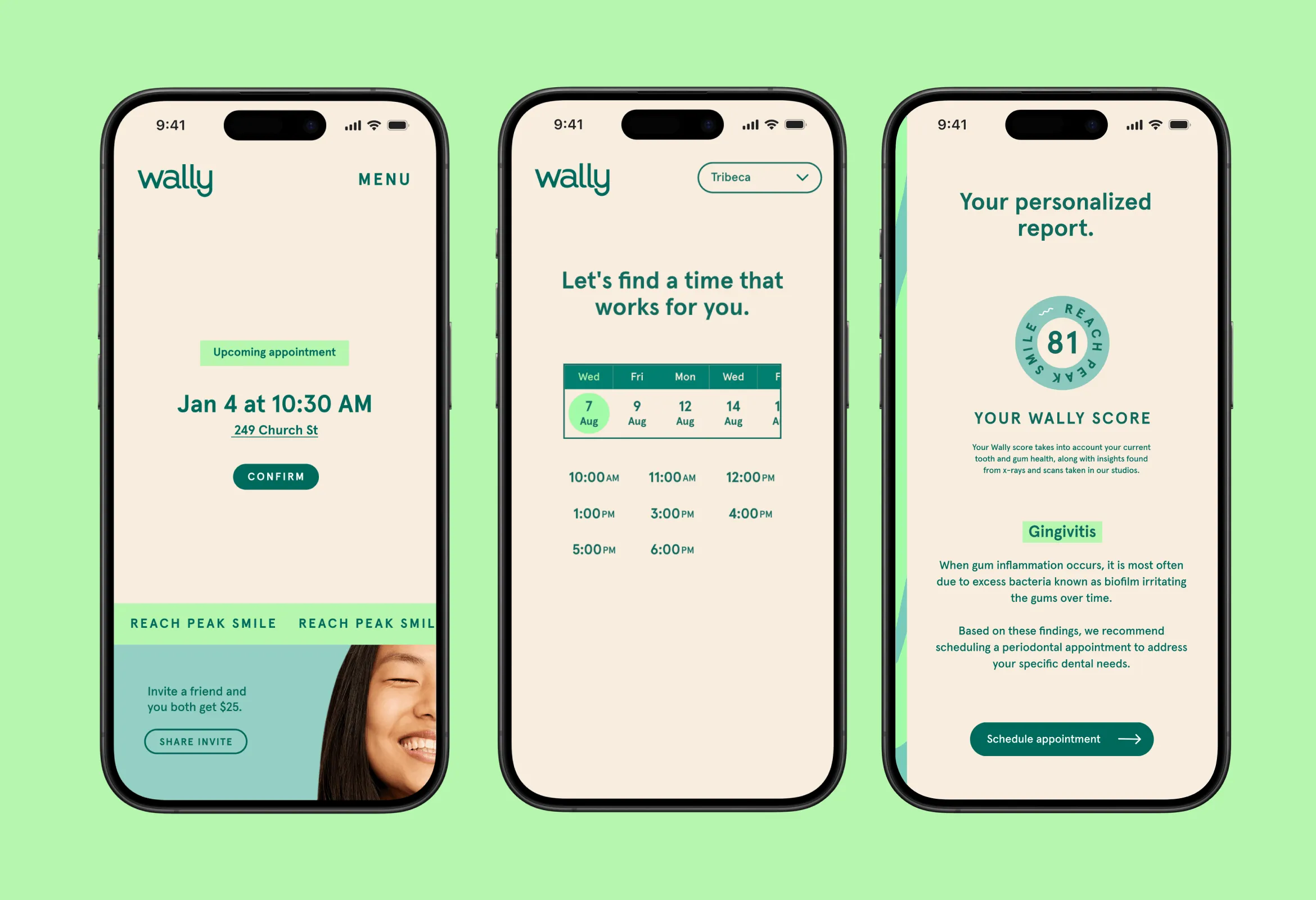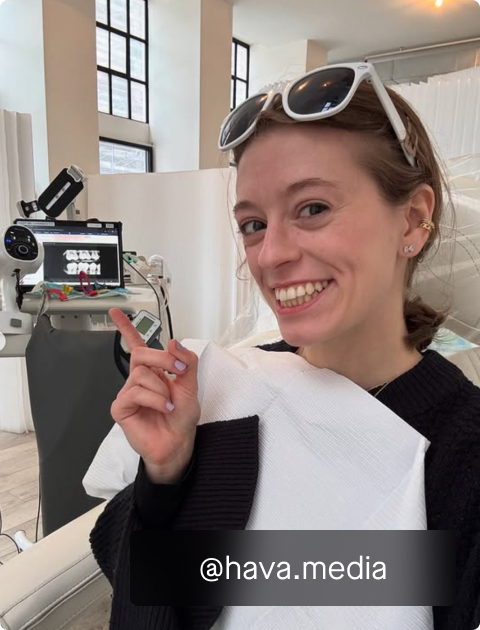Want whiter teeth? The first step hygienists recommend might surprise you

One of the top goals patients have for their smile is to have whiter teeth. But what does it mean to have "whiter teeth"? How do you choose the right solution? Which should you avoid? And can you start whitening anytime, or should you "prep" your teeth for whitening? We decided to dive into this hot button issue, and lucky for us our team of hygienists were on the case!
“So this is definitely something I get a lot.” Sarah Clark, Registered Dental Hygienist and President of the Dental Hygienist Association of Maine told us. "When I ask patients what they want for their teeth, I would say, 7 out of 10 times the answer I get is ‘I’d love to have whiter teeth.'" Seven out of ten — you’re probably thinking that seems a little high. But a recent survey conducted by the American Association of Orthodontics found that 90% of their patients have requested some sort of tooth whitening.
If you’ve been wanting to whiten your teeth, you’re in good company. But if you go to the pharmacy or the dentist, there are endless options - toothpaste, strips, leave-in trays. How do you know if you're picking the right one?
What does it mean to whiten my teeth?
“The term ‘whiter teeth’ is something that a lot of people say” Sarah goes on to say. “It might not be exactly what they mean when they’re asking me for whiter teeth. When I take a look in their mouth I may see that they have old dental work on their front teeth that has staining around the edges, and that could be the source of their dissatisfaction. I won't be able to fix that with a whitening product. So it's not necessarily whiter teeth they want, but improved aesthetics that they want.”
OK — so now we know that we need to make sure we know what's going on in our mouth to pick the right solution for us. It's a great idea to check with your hygienist that teeth whitening products or treatments will help you achieve your goals!
What's the best way for me to whiten my teeth?
Sarah gives us her first step: “I always make sure their biofilm management, or removing the bacteria on their teeth, is optimal... if you’re cleaning your teeth thoroughly at home they’re going to appear a lot whiter.” What Sarah is saying here is actually pretty simple: make sure you are brushing your teeth correctly! The first step to having naturally whiter teeth is making sure that you are using the right brush and technique to remove all of the bacteria from your teeth.
Beyond keeping your teeth clean, over-the-counter teeth whitening products are also very popular in the US. Americans spend millions of dollars each year on teeth whitening products. With so many options, how do you pick the right one for you?
To start, make sure you’re aware of the Relative Dentin Abrasivity value (also known as RDA value) of the products that you’re using. “I hate to be the bearer of bad news, but whitening toothpastes don’t do anything, contrary to popular belief.” Sarah says with a slight laugh. “Whitening toothpastes are packed with a bunch of abrasives and the hope is that those rough particles scrub any surface stain off for you.”
Unfortunately for our teeth, that scrubbing can come at a bit of a cost. When the RDA is 70 or above, the toothpaste also scratches your enamel surface and you're actually weakening your enamel. Those micro scratches from the toothpaste can actually catch more stain and make the discoloration worse over time, not to mention wear down your enamel. When you’re looking at a toothpaste (or any product for that matter) we recommend that the RDA value be under a 70 to ensure the best results while still being safe for your teeth.
How do I know my teeth are ready for whitening?
Similar to starting a new exercise regimen, it's important to build up a strong oral health foundation before diving into whitening. A good oral health foundation includes keeping your biofilm management under control, and ensuring your enamel is in top shape to begin whitening. It takes just a few weeks of proper brushing and flossing (or using a Waterpik) with the right toothpaste matched to your mouth to prepare you for whitening.
If you're wondering if your teeth are ready to begin a whitening treatment, ask your hygienist!
What's a safe way for me to start whitening?
“So I like to start everybody off easy and keep it light on the pocket. Go to the store, pick up a pack of Crest White Strips, and try it!” That’s right - sometimes the easiest solution is the best solution! Not only is it cost-effective, but since it's a peroxide-based formula it will be gentle enough that you won't harm your enamel.
Lastly, Sarah even has a neat little trick to help us gauge if it’s working. “Everybody’s enamel is different, and because of that your enamel is going to respond differently to whitening. Some people may see a notable difference right away. Other people may take a lot of time. When applying the strips, I recommend people put one strip on the top teeth for the first week alone and nothing on the bottom. Then you can actually compare and see how effective the whitening strips are!”
So there we have it! A quick guide to teeth whitening. If you're ready to brighten your smile from home, get oral care products customized just for you by one of our hygienists.









